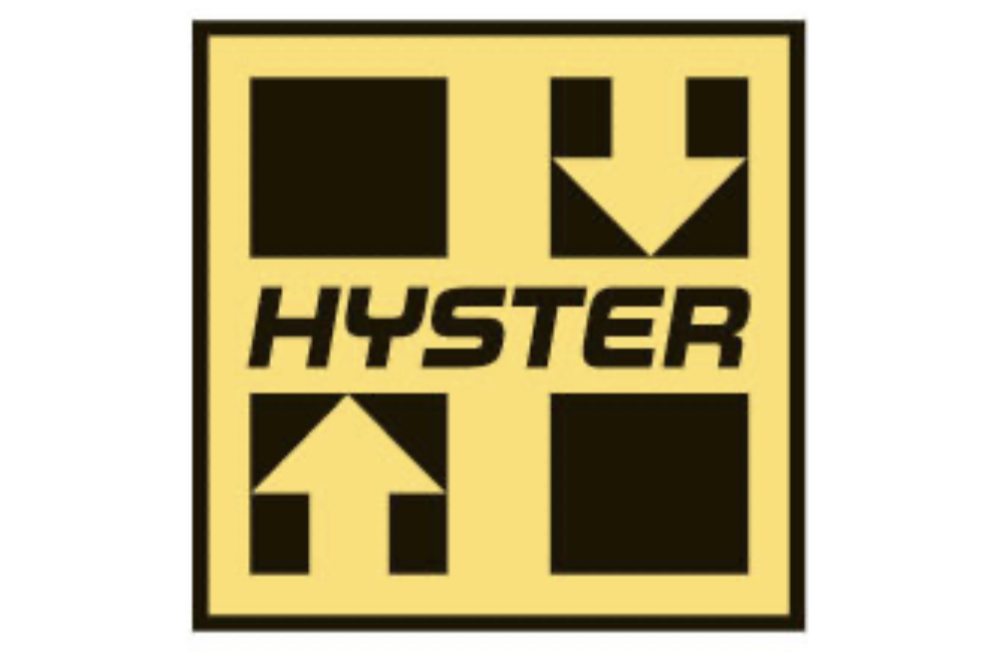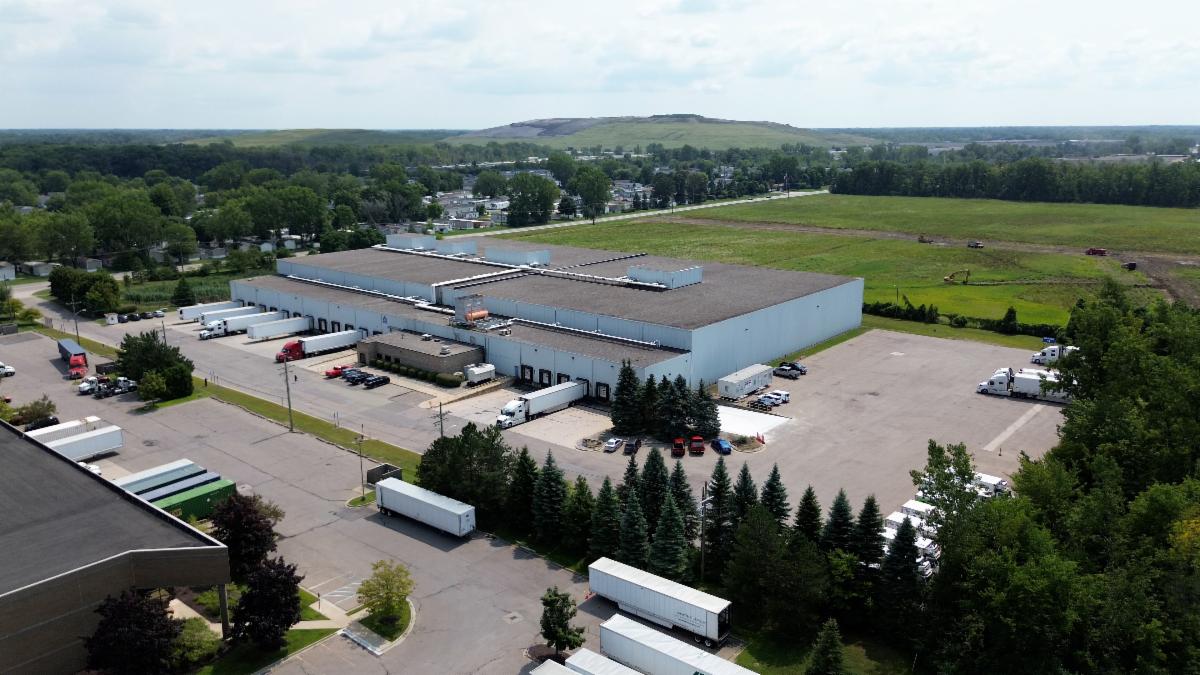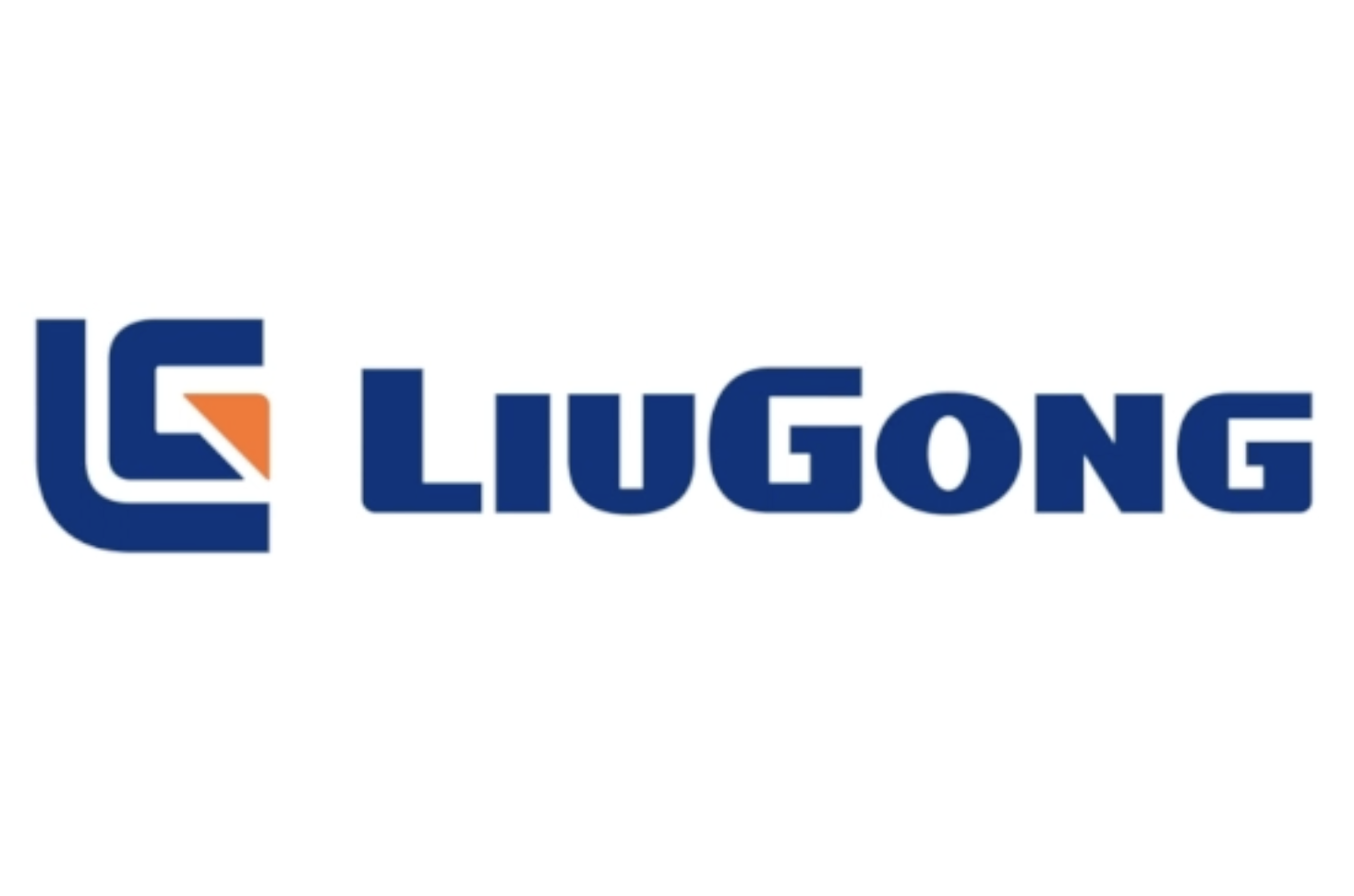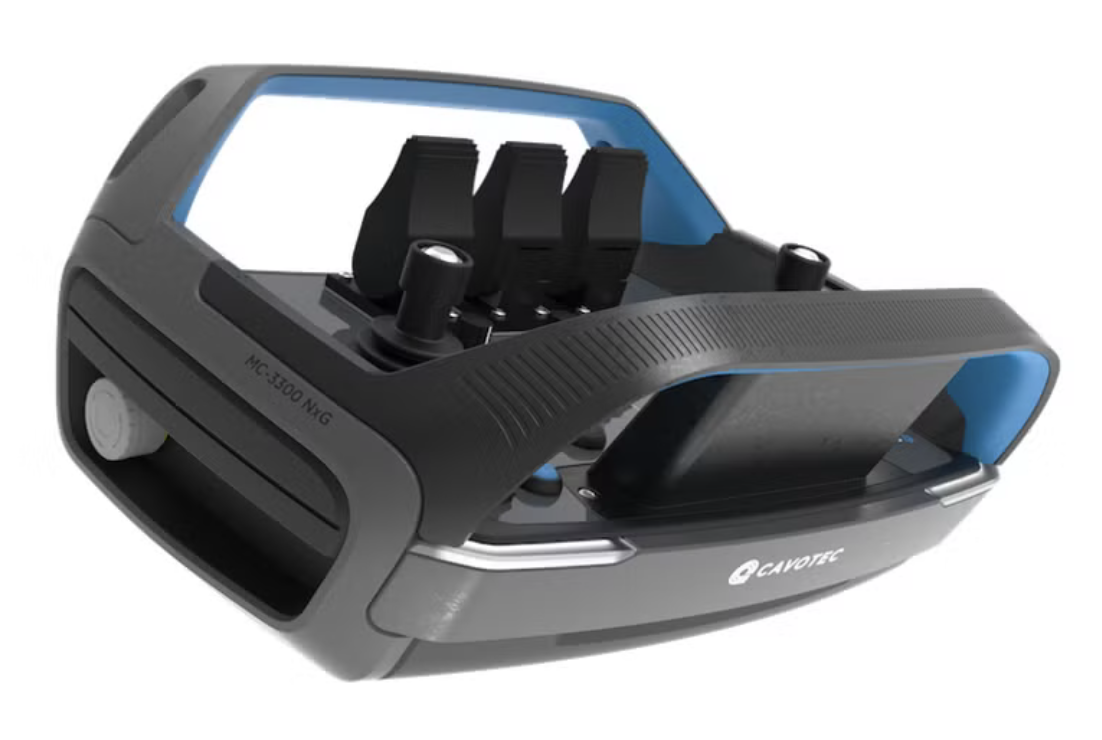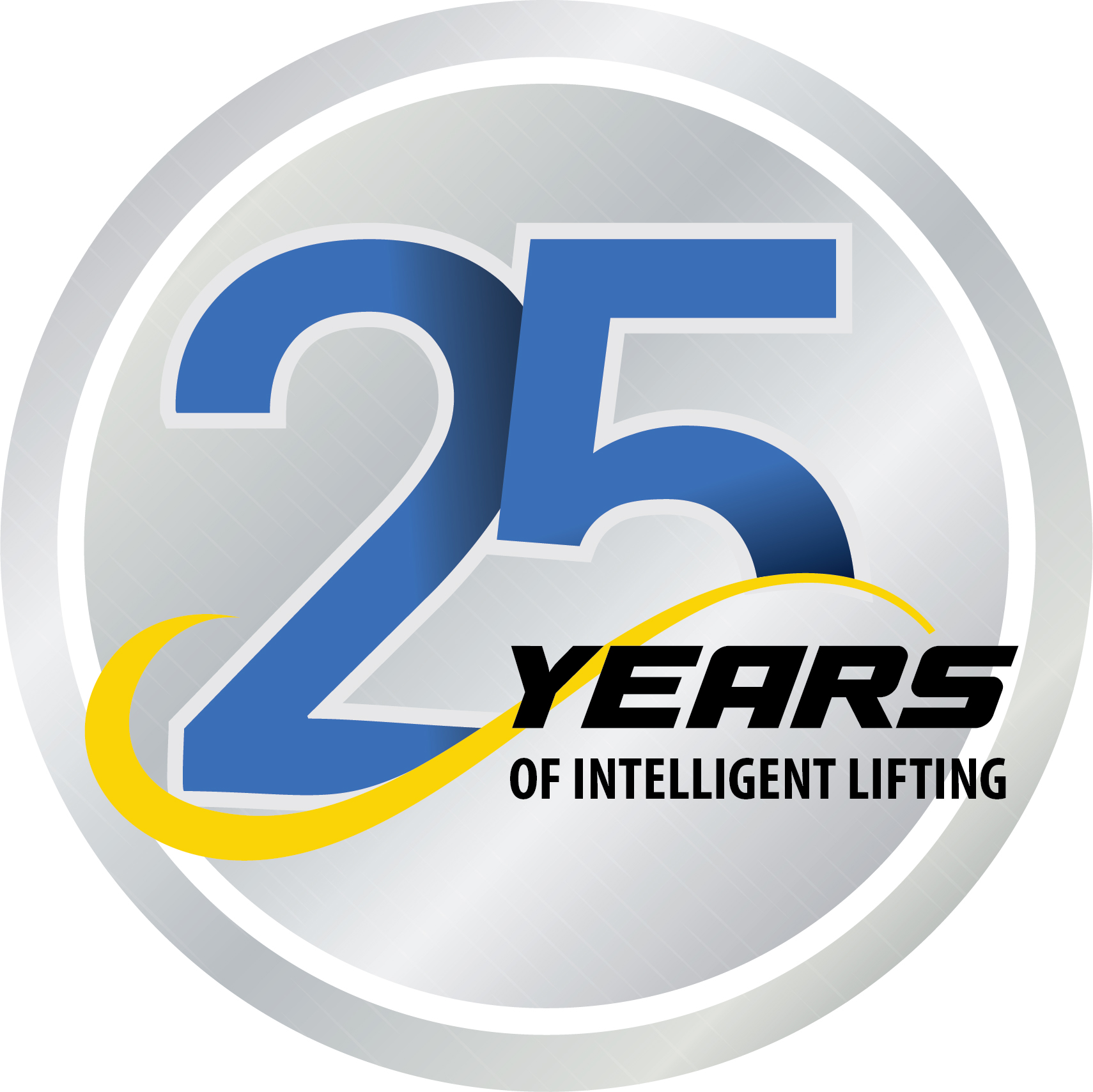Hyster’s Top Pick
Business publication Fast Company recognized Hyster Company’s hydrogen-powered top pick as a finalist in its Innovation by Design Awards.
- The port equipment was named among the best sustainable projects of 2023 for its use of design to meaningfully reduce harm to the environment.
The top-pick container handler, which is expected to provide emissions savings of 127 tons of carbon dioxide and almost half a ton of criteria pollution per year, is the first of its kind and is currently being piloted at the Fenix Marine Services terminal at the Port of Los Angeles.
The truck is powered by two Nuvera 45kw hydrogen fuel cells working in tandem with an on-board lithium-ion battery, with the fuel cells able to power the equipment directly or charge the battery. This allows operators to refuel the truck in about 15 minutes and then operate for 8 to 10 consecutive hours all while producing no harmful emissions – only heat and water.
“With supply chains often accounting for more than 90% of an organization’s emissions, the pressure is on for ports to find sustainable solutions for their heavy-duty applications while still producing at the level they require,” said Jan Willem van den Brand, Director, Global Market Development, Big Trucks, Hyster.
“This recognition joins a growing list of accolades that distinguish Hyster for this solution in particular, but also for our broader commitment to developing zero-emission solutions that push the boundaries of what is possible in electrifying intensive industries.”
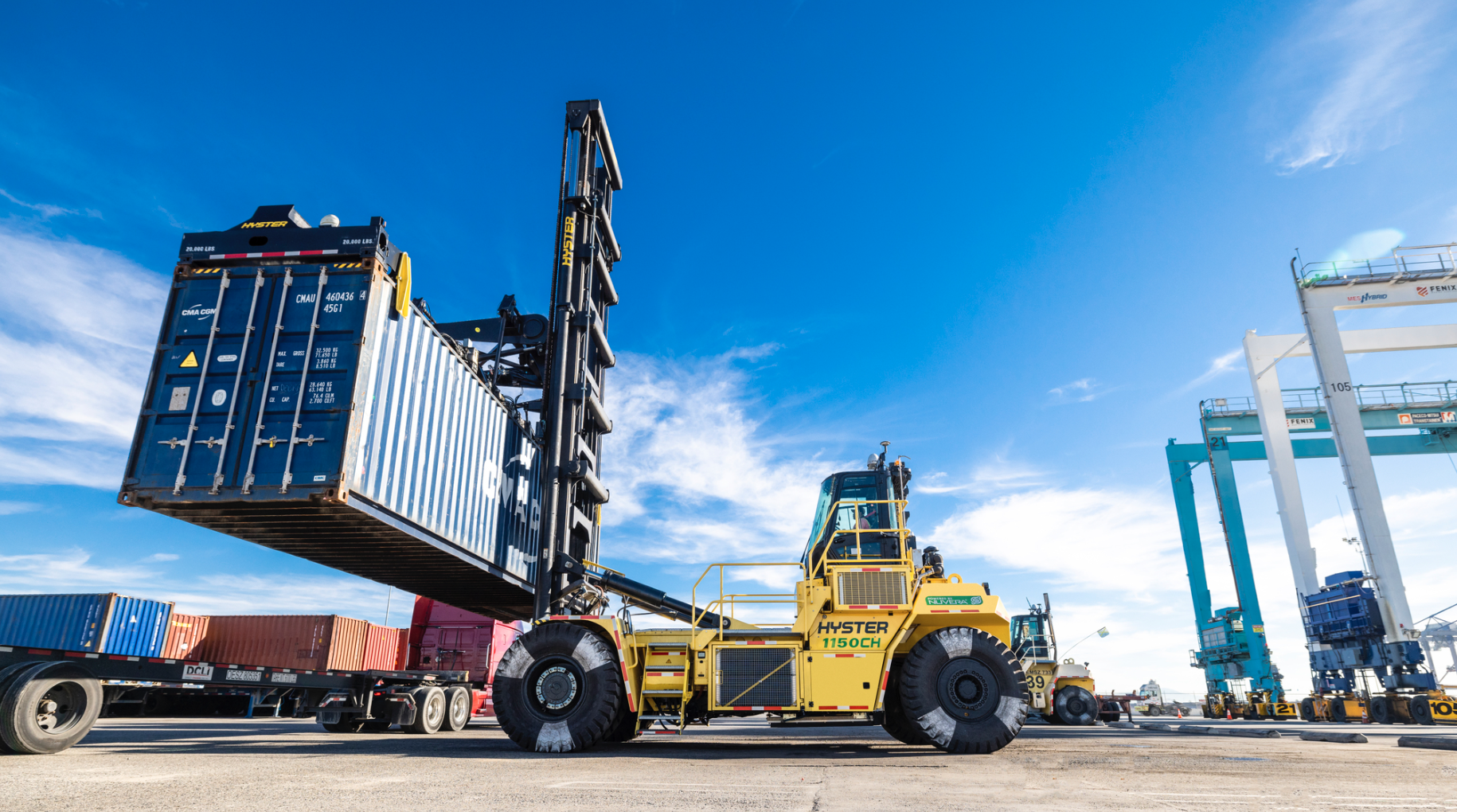
The top-pick container handler is currently being piloted at the Fenix Marine Services terminal at the Port of Los Angeles.
The top-pick container handler is one of several clean power-focused port equipment projects that Hyster is currently working on. Recently, the company shipped a hydrogen fuel cell-powered ReachStacker to Spain’s Port of Valencia, where it will undergo a pilot program of its own at one of Europe’s largest container terminals.
- Hyster will also supply an empty container handler and a terminal tractor, both powered by hydrogen fuel cells, to a port terminal in Germany, and is working with Capacity Trucks to develop electric and hydrogen-powered terminal tractors.


